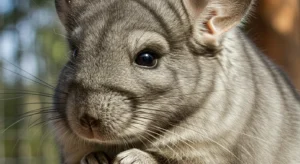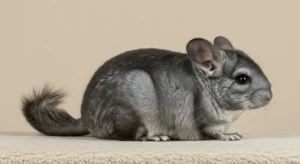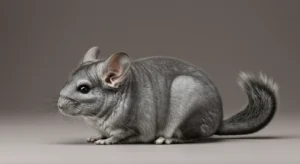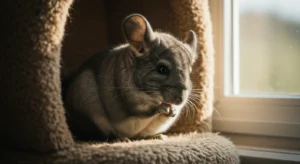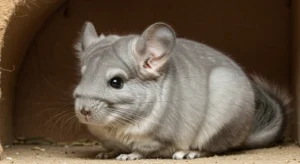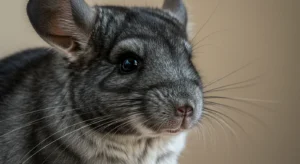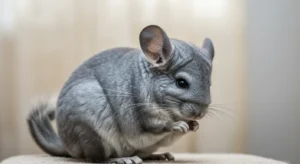 Chinchilla Care
Chinchilla Care Maintaining Your Chinchilla’s Soft Coat
A chinchilla’s fur is arguably its most defining feature – incredibly dense, unbelievably soft, and luxuriously velvety. Maintaining this unique coat in pristine condition requires understanding its specific needs, which differ significantly from those of other pets. Proper coat care is essential not just for appearance, but also for the chinchilla’s health and comfort.
The Magic of Density
With 50-70+ hairs per follicle (compared to a human’s single hair), chinchilla fur provides exceptional insulation. This density, however, makes it prone to trapping moisture and oils. Unlike animals that produce significant natural oils to condition their fur, chinchillas rely on external methods – primarily dust baths – to keep their coat clean and balanced.
The Role of Dust Baths
This is the absolute cornerstone of chinchilla coat maintenance.
- Function: Specially formulated chinchilla dust (fine volcanic ash) absorbs excess natural oils and moisture that accumulate in the dense fur.
- Process: The chinchilla’s instinctive rolling action ensures the dust penetrates deep into the coat, cleaning it down to the skin.
- Frequency: Offer a dust bath 2-4 times per week for 10-15 minutes. Do not leave the bath in the cage permanently.
- Dust Quality: Use only high-quality dust specifically designed for chinchillas. Avoid sand or dust meant for other animals.
- Hygiene: Sift dust between uses and replace it completely at least weekly, or sooner if soiled.
Adhering to proper chinchilla dust bath procedures is fundamental for coat health.

Dietary Impact on Coat Health
A healthy coat starts from within. While dust baths clean externally, nutrition plays a vital role in fur quality:
- Balanced Diet: A diet rich in high-quality hay, supplemented with appropriate pellets, provides the essential nutrients for healthy skin and fur growth.
- Essential Fatty Acids: While chinchillas don’t need high-fat diets, certain fatty acids are important. These are typically sufficiently provided by quality pellets. Avoid oily seeds or nuts as supplements – they cause digestive issues.
- Hydration: Adequate water intake is crucial for overall health, including skin and coat condition.
Poor nutrition can lead to a dull, brittle, or greasy coat.
Environmental Factors
- Humidity: Consistently high humidity (above 60-70%) can make it difficult for the fur to stay dry and clean, potentially promoting fungal growth. Aim for moderate humidity (40-50%).
- Cleanliness: A clean cage environment prevents the fur from becoming excessively soiled with urine or feces, which can stain and damage the coat.
- Temperature: While primarily related to preventing heatstroke, stable, cool temperatures contribute to overall well-being, reflected in coat health.
Avoiding Coat Damage
- Gentle Handling: Avoid grabbing or handling the chinchilla roughly, which can trigger “fur slip” (releasing patches of fur as a defense mechanism). Support their body properly when lifting.
- No Water Baths: Never bathe a chinchilla in water. It strips essential (minimal) oils, mats the fur terribly, takes ages to dry, and can lead to chill or fungal infections.
- Avoid Brushing: Brushing is generally unnecessary and can damage the delicate hairs or cause stress. Dust baths are the primary grooming tool.
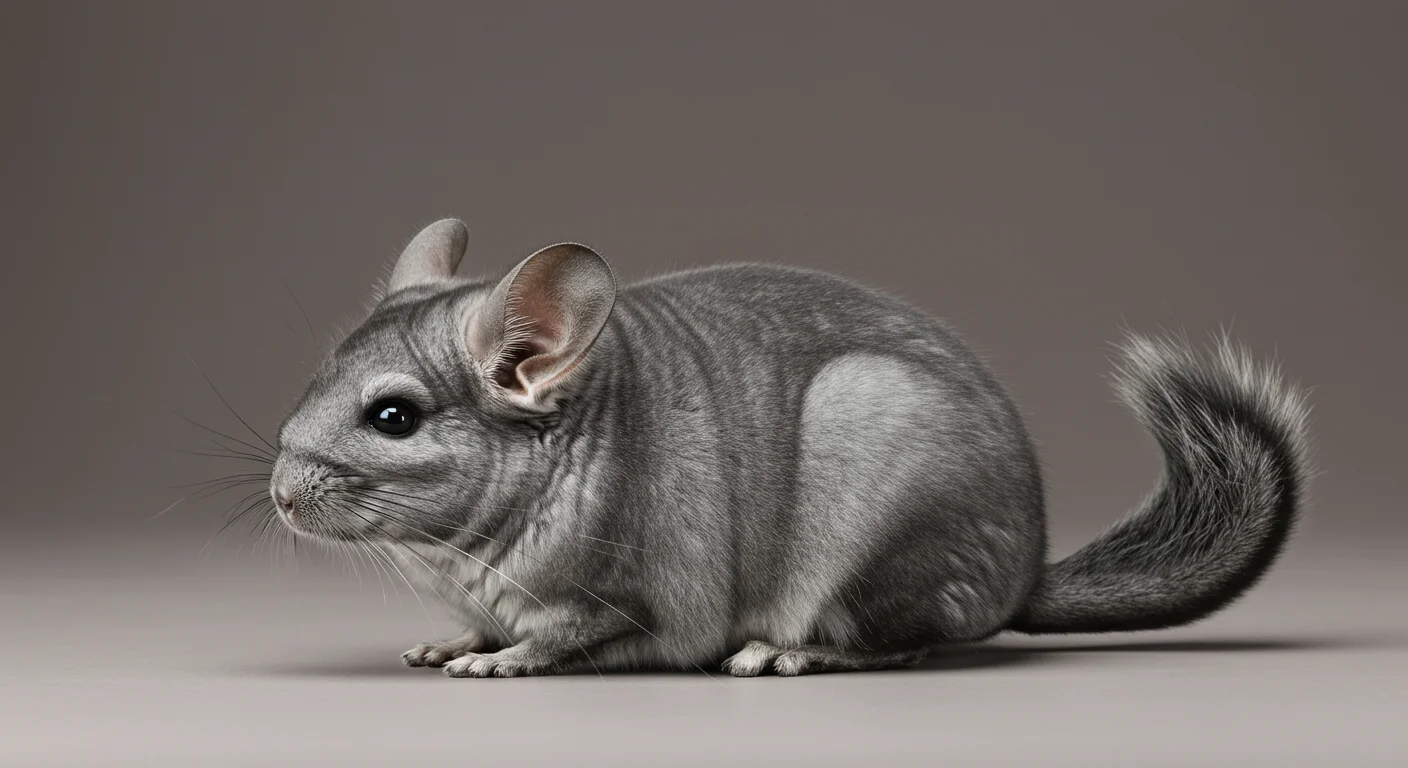
Recognizing Coat Problems
Look out for signs that might indicate an issue:
- Greasy or Matted Fur: Often indicates insufficient or ineffective dust bathing, or potentially high humidity.
- Dull or Brittle Fur: Can be linked to poor diet or underlying health issues.
- Bald Patches: Could be ringworm (fungal infection), fur slip, or fur chewing (barbering). Ringworm requires veterinary diagnosis and treatment. Understanding the causes of chinchilla fur loss patterns helps identify problems.
- Fur Chewing (Barbering): Chewing on their own or a cage mate’s fur, resulting in shorter, stubbly patches. Often linked to stress, boredom, pain, or sometimes dietary factors. Address the underlying cause.
Any significant changes in coat condition warrant investigation, potentially including a vet visit to rule out health problems.
Grooming Beyond Dust
While dust baths are 99% of coat care, occasional spot cleaning with a *slightly* damp cloth might be needed for specific messes, ensuring the area dries quickly. But generally, let the dust do the work!
Maintaining a chinchilla’s soft, luxurious coat relies on respecting its unique properties. Consistent access to high-quality dust baths, a balanced diet, a clean and appropriate environment, and gentle handling are the key ingredients for keeping their fur healthy and beautiful.
